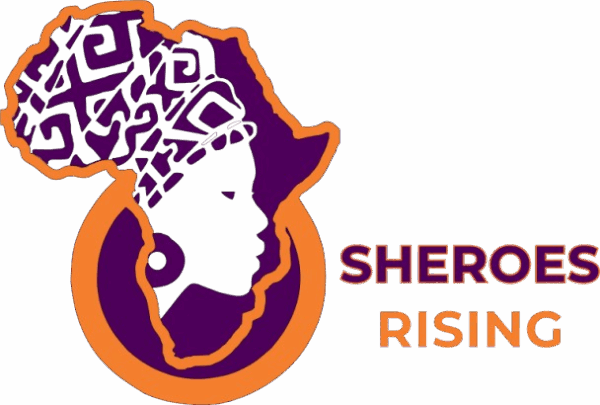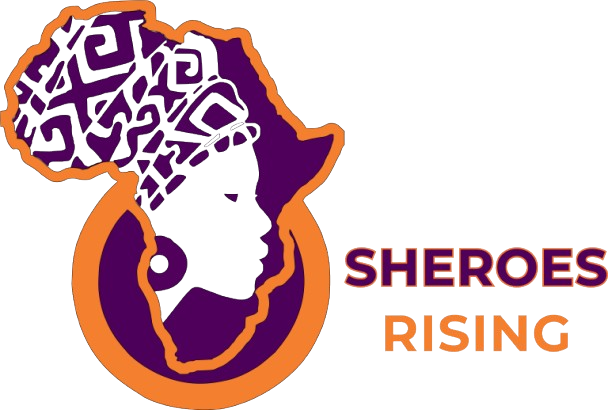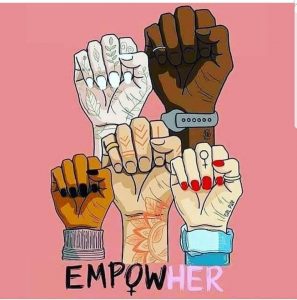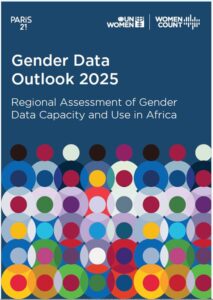Every woman deserves equal access and opportunities, irrespective of her social class, ethnic, racial or religious background. However, that is not often the case.
Feminism has long been a force for change,. It is a movement built on the belief that every woman deserves equality, freedom, and the power to shape her own life on her terms. It has broken barriers, challenged outdated systems, and amplified women’s voices in places where silence once ruled.
But as the movement continues to grow stronger and more visible globally, one truth stands out: not all women experience the world in the same way. When feminism overlooks the role of economic inequality, it risks speaking to only a fraction of those it aims to uplift. This is what we call class bias in feminism.
What then is class bias in feminism?
Class bias in feminism happens when feminist conversations or campaigns focus mainly on issues that assume “all women” have equal access to opportunities like education, financial independence, or career growth without acknowledging that economic circumstances shape these possibilities.
For instance, conversations about “breaking the glass ceiling” are empowering, but they may not speak to a woman whose biggest concern is affording school fees or securing stable work much less those who had no access to education or agency. The ideals are noble, but when feminism centers only on success in elite spaces, it unintentionally leaves women who face deeper economic struggles behind and invisible.
This doesn’t make those conversations invalid; it simply means feminism must widen its lens to cover all women. True equality requires us to ask not only “How do we help women rise?” but also, “Do all women have the same chance to rise?”
Why FEMINISM must be inclusive & Focus on Every Woman’s Reality
Every woman’s story is shaped by her sociocultural environment. A woman with financial stability might have more freedom to pursue education to any level she desires, speak up for herself, or walk away from toxic situations. Another woman may find those choices harder; daily survival is the priority.
Challenges whether economic, job insecurity, bare minimum income, lack of education, or poor healthcare often limit what empowerment can look like. When feminism doesn’t address these basic realities, it can feel distant or unattainable to those who need it most.
Empowerment isn’t only about ambition it’s about agency, access and opportunity. It’s about ensuring every woman, regardless of her background, has the means to live with dignity, make informed choices, and pursue her dreams without limits.
To truly empower all women, feminism must embrace economic justice as part of its mission. That means fighting not just for gender equality, but also for fair pay, accessible education, affordable and quality healthcare, and social systems that protect and uplift women at every stage of life.
A feminism that includes economic justice understands that gender and class are intertwined. It sees empowerment not as a privilege, but as a necessary tool that should not depend on wealth, geography, or social status.
When movements, policies, and advocacy reflect this understanding, feminism becomes more inclusive, more grounded, and more transformative. It begins to represent every woman, not just those who already have a seat at the table.
The beauty of feminism lies in its diversity and its ability to listen, learn, and evolve with every woman. Overcoming class bias starts with empathy and awareness. It’s about amplifying every woman’s voice, valuing every story, and recognizing that even though our struggles may differ, our desire for dignity and opportunity is the same.
When feminism speaks the language of economic fairness, it stops being a movement for some and becomes a movement for all. Because true empowerment is not just about breaking ceilings, it’s about building floors strong enough for every woman to stand on.
Praise Azubuike Azubuike
Abuja, Nigeria.









